what is a pilgrimage in middle Ages
Pilgrimage in the Middle Ages was aimed at obtaining a miracle, paying a promise, purifying, and saving the soul. For the latter, the pursuit of salvation usually involves taking the longest journeys, or providing the least for survival, to endure the greatest sacrifices and to find divine illumination. Some made the pilgrimage several times, as did Facio de Cremona, who would have faced the road to Santiago de Compostela eighteen times.

There were yet some pilgrims who had their travels imposed by the Church in penalty for grave sins.
The penitential pilgrimage sometimes included public punishment deemed deserved by sinners. In the thirteenth centuries, and especially in the fourteenth century, secular courts inspired by these imposed pilgrimages sentenced convicts sending them on penitential pilgrimages, a practice most widely used in the regions of Germania and the Netherlands.
These pilgrims had to attest to the pilgrimage required through relics or symbols of the places visited, as an example the shell of Santiago de Compostela.
pilgrim rights
The pilgrim is protected during the trip by a specific law, he is exempt from passage taxes and protected from possible arbitrary arrest.
There is an edict from King Alfonso IX of Leon and Castile dating from 1226 to prohibit his vassals who were landowners on the roads to Santiago de Compostela from harassing or preventing pilgrims from following their course. In addition, conservative measures allowed a pilgrim’s business to be entrusted to third parties and even debts were allowed to be paid late.

Codex Calixtinus
From the 12th century, the Codex Calixtinus or Compostellus, attributed to Aymeric Picaud, was a compilation of books that brought together liturgy, history and a guide for the pilgrim. Book V was intended for the pilgrim and contained maps, descriptions, inn names, information on drinking water sources, and food. All to guide the traveler and to keep him from dangers of the route. The importance of this compilation is enormous, if we realize that only much later, in the sixteenth century, Palladio writes his famous Guide to Rome, considered the emergence of travel literature, a genre used to this day.



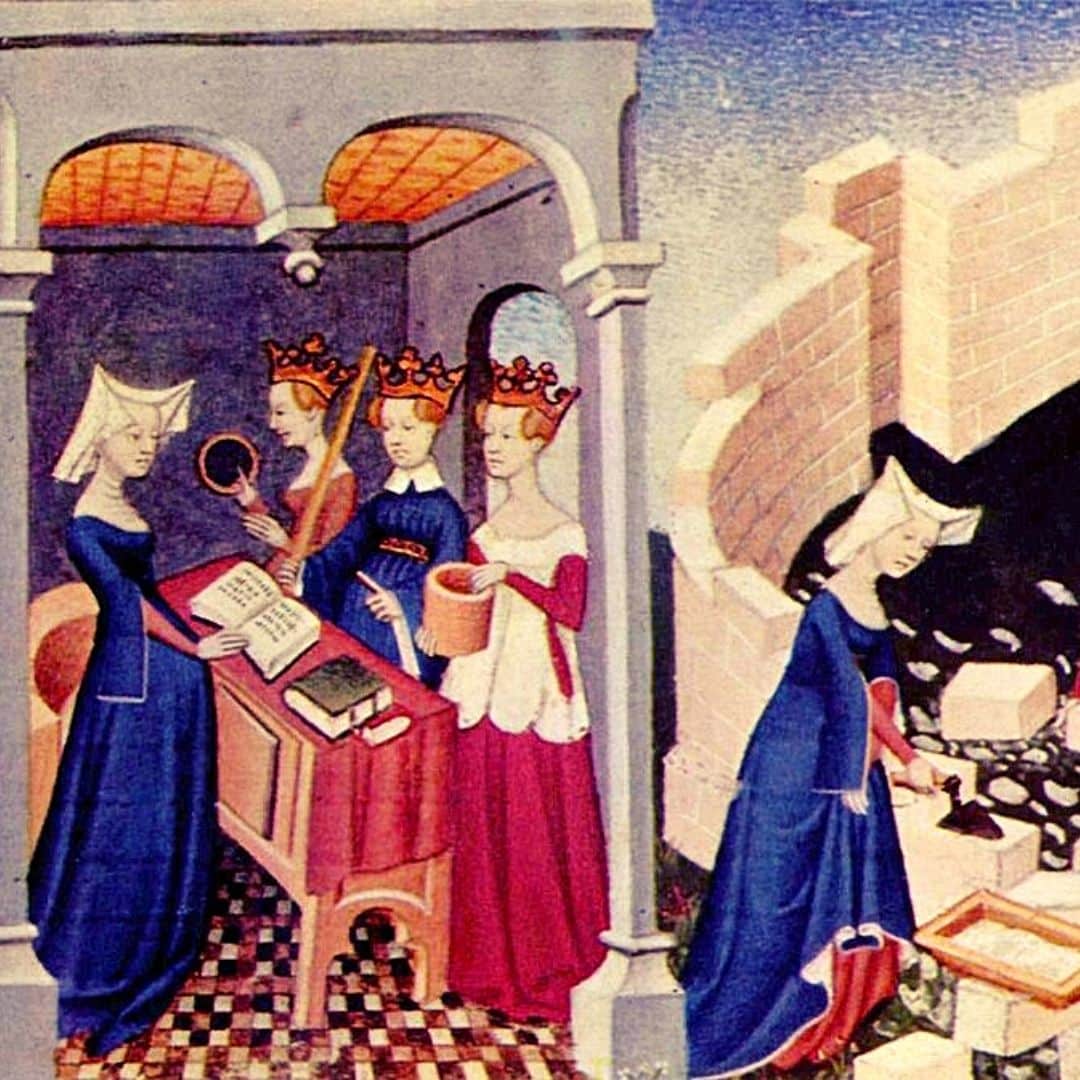

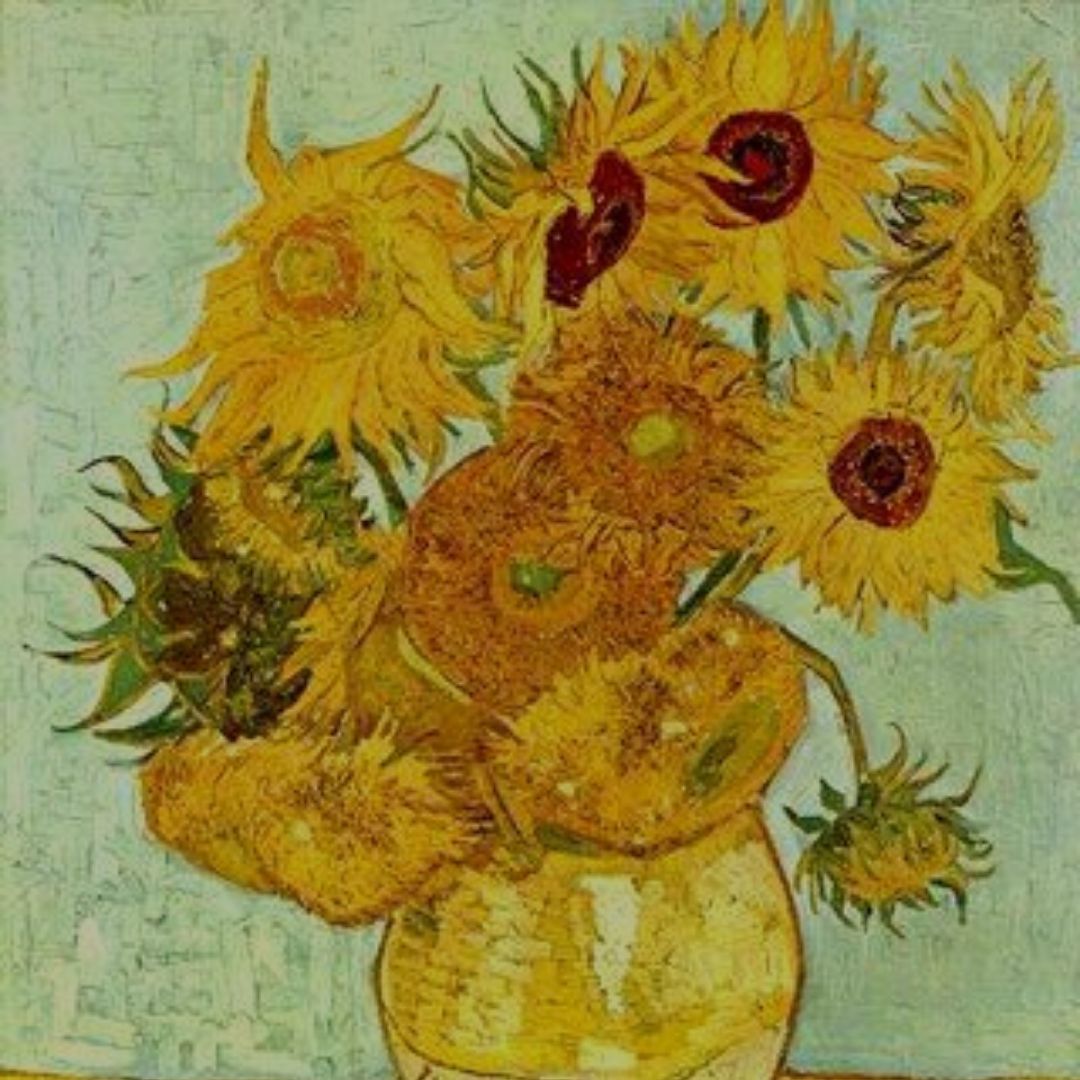
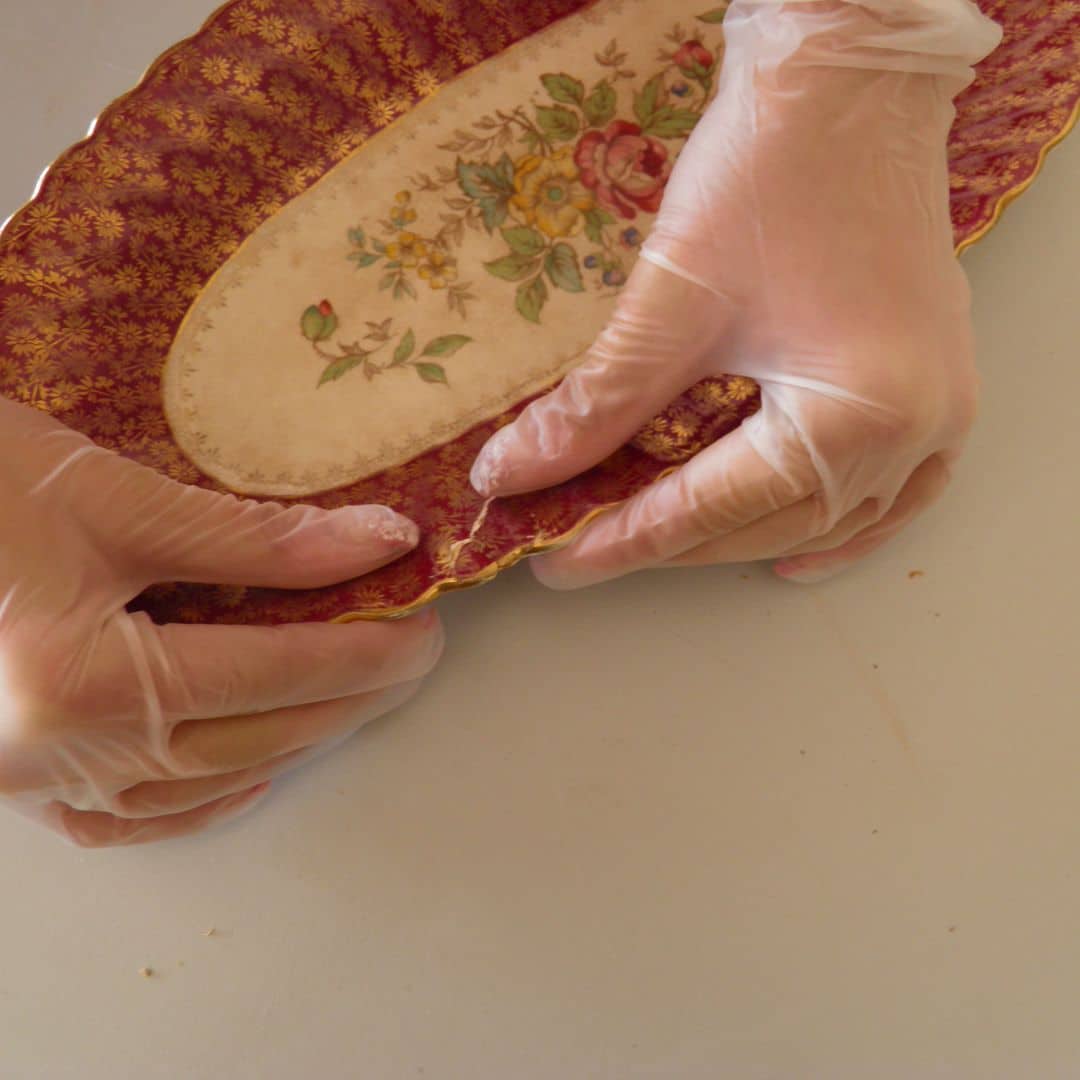



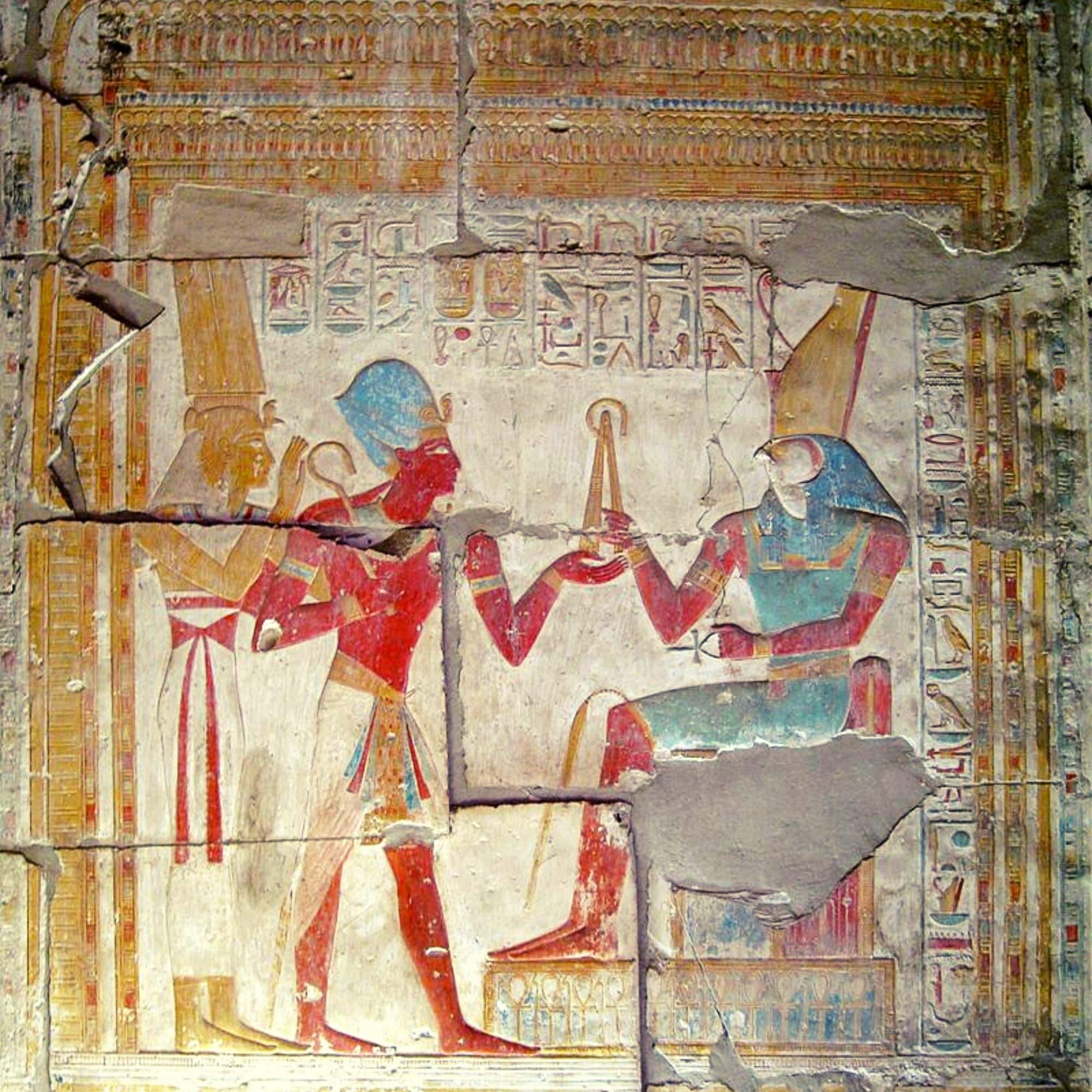
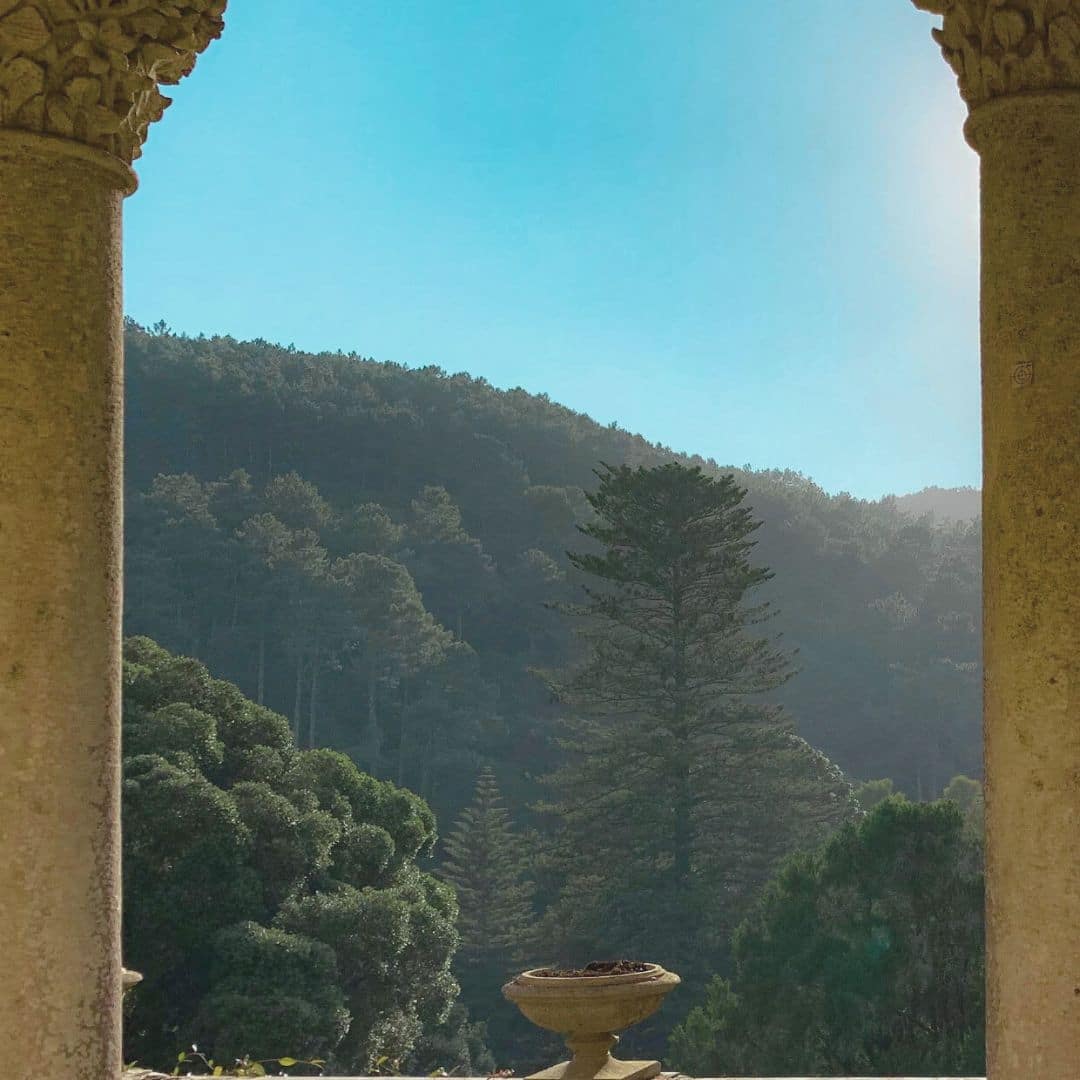
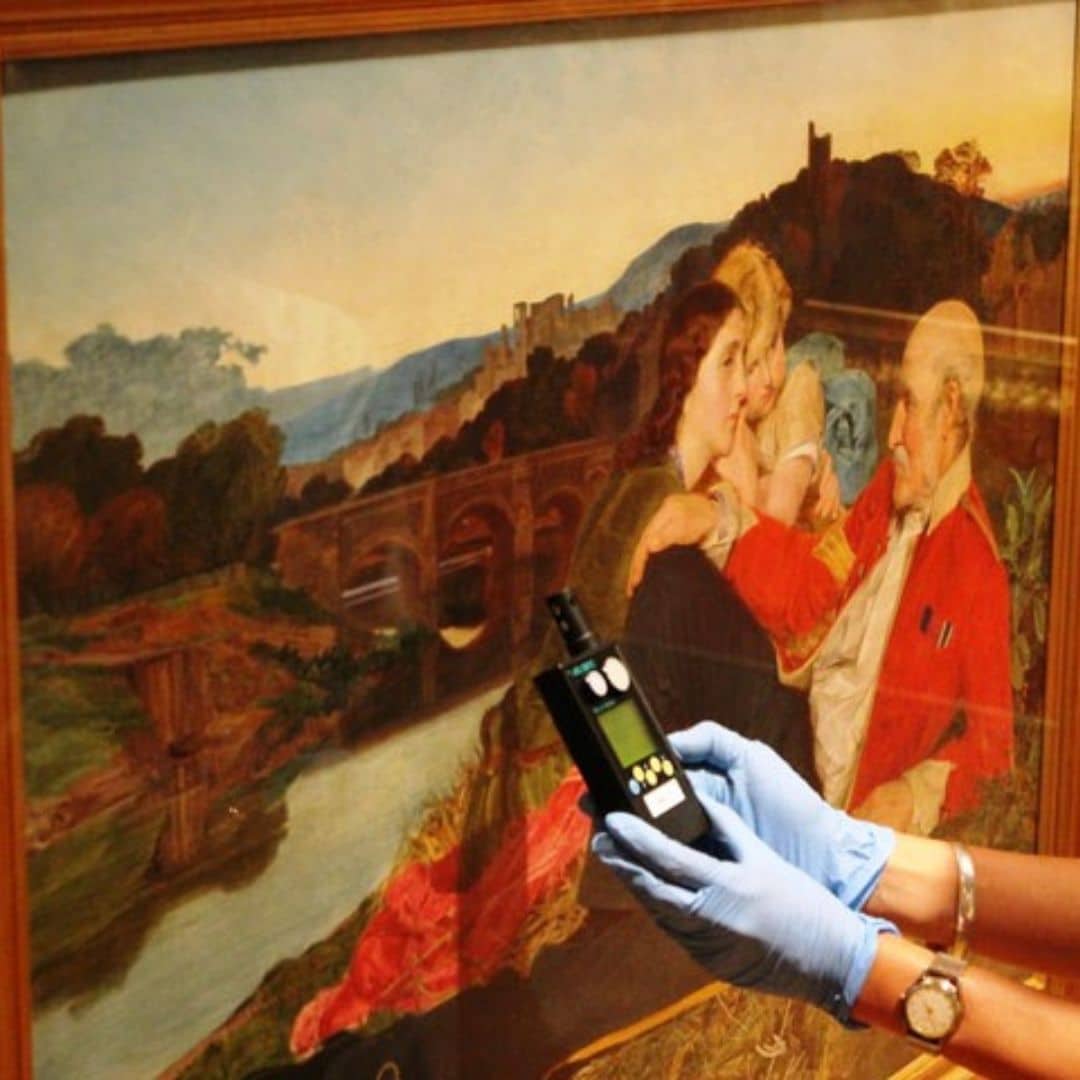
3 Comments.
Hello 😉 Thanks heaps for this indeed!… if anyone else has anything, it would be much appreciated. Great website Just wanted to say thanks and keep doing what you’re doing Thx & Regards!
Nice blog, Impressive comments that I can tackle. I am transferring forward and can apply to my current job as a pet sitter, which could be very enjoyable, but I must further expand. Kind Regards
Many thanks for the article, I have a lot of spray lining knowledge but always learn something new. Keep up the good work and thank you again.